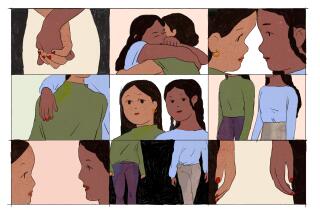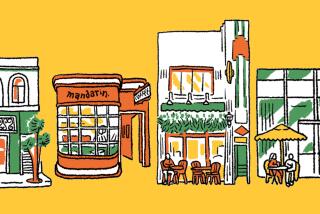Ethiopian Coffee
- Share via
The coffee plant, Coffea arabica, is native to Ethiopia. In international trade, Ethiopian coffee is marketed as either Sidamo, meaning that the beans come from the southern part of the country that borders Kenya, or Harrar, referring to the eastern city of Harer (also spelled Harar). Harrar coffees somewhat resemble the Mochas of nearby Yemen.
Coffee is surrounded with ritual and tradition in Ethiopia. In Harer, for instance, it used to be that if a mother saw her unmarried daughter drinking coffee, she would rebuke her by saying, “Qahwa korma!” (“Coffee barnyard animal!”).
No one knows why unmarried women were forbidden to drink coffee in Harer. The reason given seems rather implausible: The marriage ceremony in this Muslim part of Ethiopia is lengthy, and if a woman became addicted to coffee and had to call for it so she wouldn’t fall asleep during the ceremony, it would bring shame on her family.
Just as in Arabia, an Ethiopian host shows honor to the guests by roasting coffee beans in their presence in a little tin saucepan called a miqhat. Then the coffee is brewed in a round-bottomed black clay pot called jabana, which rests on a ring-shaped pillow when set down (otherwise it will tip over). To complete the ceremony, lumps of frankincense or myrrh are put on a little piece of glowing charcoal to fill the air with their heady scent.
Many Ethiopian restaurants, like Messob, perform the coffee ritual. Merkato and Safari African Boutique sell jabanas, miqhats, the traditional tin charcoal braziers for heating the miqhat (restaurants are more likely to use an ordinary range burner instead), and the basket-weave fan used for fanning the charcoal. They also sell another coffee-roasting utensil, a shield-shaped iron griddle, on which the beans are stirred with a tin crook. And, of course, Messob and Merkato sell Ethiopian coffee beans.


